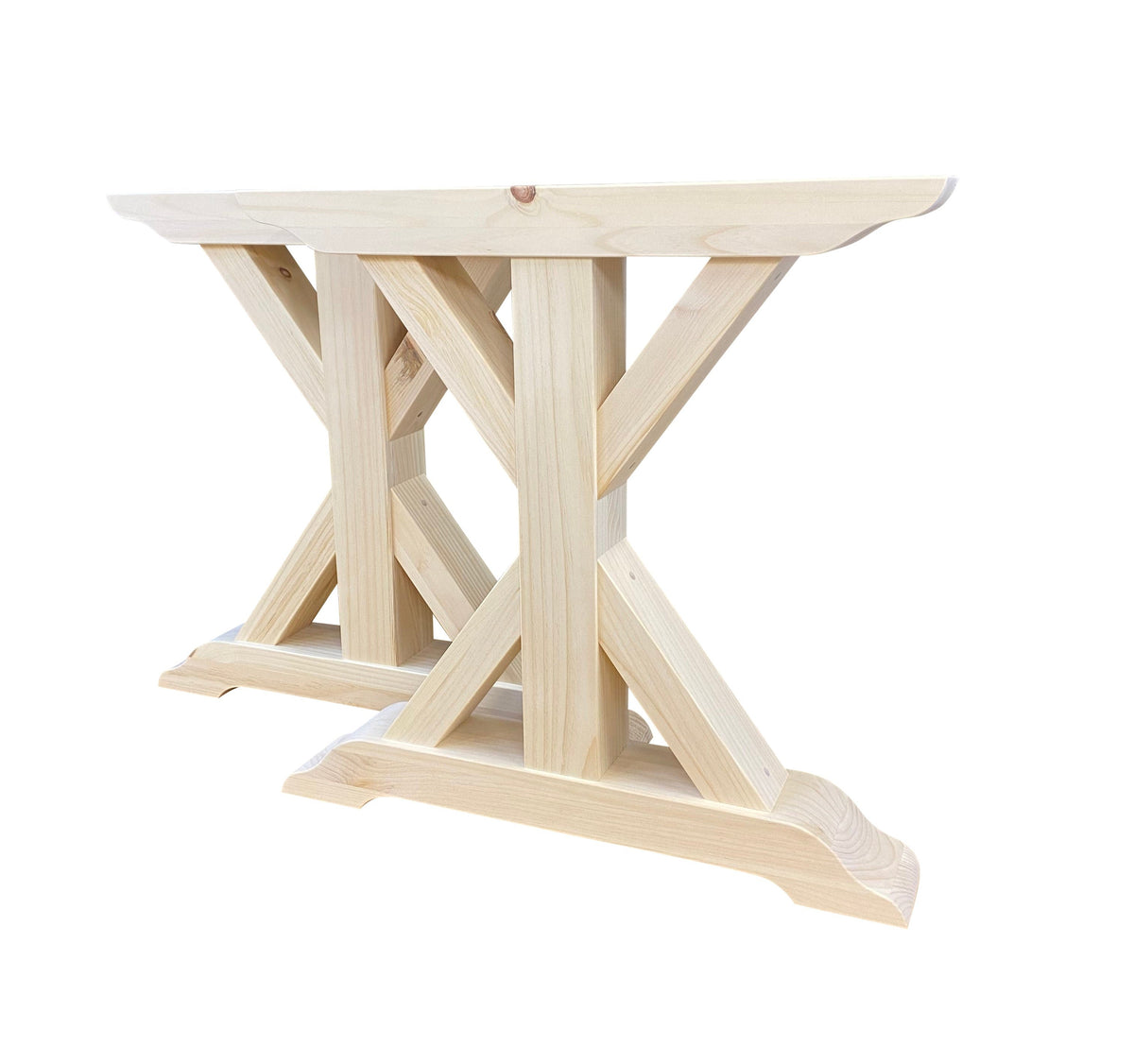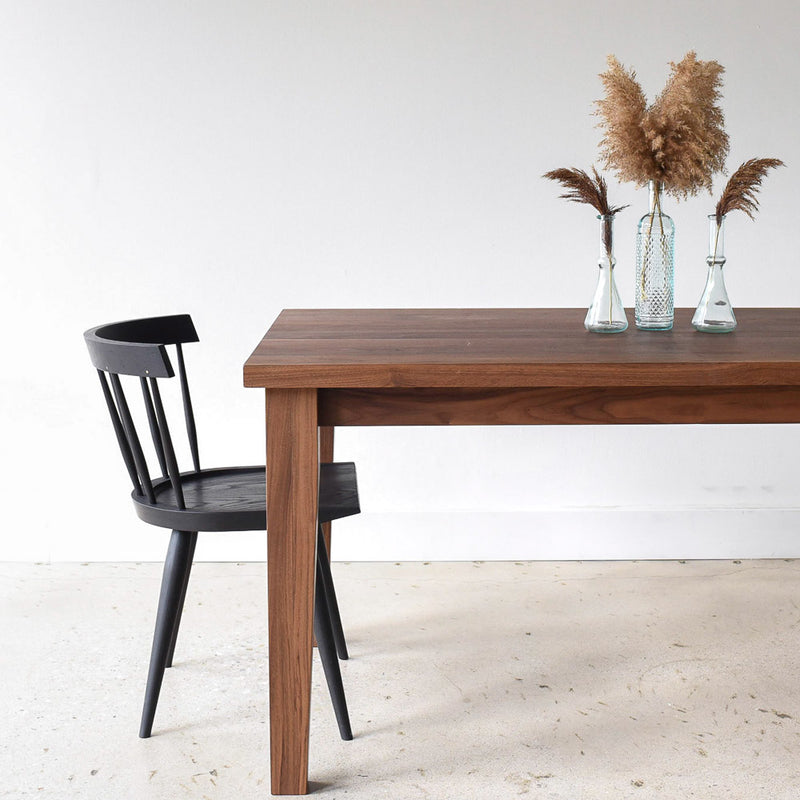Improve Your Dining-room's Aesthetic with High-Quality Dining Table Legs Wood
Improve Your Dining-room's Aesthetic with High-Quality Dining Table Legs Wood
Blog Article
Discovering the Different Kinds of Table Legs Wood for Your Dining Area
The choice of table legs timber can greatly impact both the functional and visual top qualities of your dining space. Strong timber options, such as oak and walnut, supply a traditional look with unequaled toughness, while engineered timber options offer cutting-edge designs that resemble the richness of all-natural grains. Furthermore, the expanding pattern of reclaimed wood presents a lasting component that attract ecologically aware consumers. As we check out these numerous choices, it comes to be important to consider not only the aesthetic appeal however additionally the functional effects of each material selection. What variables should direct your choice?
Solid Timber Options

Unlike engineered products, strong timber is much less vulnerable to bending and damages over time when appropriately kept. Each item of solid timber is special, showcasing individual attributes that include to the beauty and character of the eating table.
Furthermore, solid wood can be ended up in countless means, varying from natural oils to discolored surfaces, permitting house owners to customize their furnishings to match their style. In summary, choosing solid wood for eating table legs not just makes sure structural stability however also enhances the aesthetic allure of the dining area, making it a rewarding financial investment for any type of home.
Engineered Wood Alternatives

Plywood, built from numerous layers of wood veneer, is steady and particularly strong, making it an excellent selection for dining table legs. Its split composition permits it to stand up to changes in moisture and temperature far better than standard solid timber. MDF, on the other hand, offers a smooth surface area for painting or veneering, making it possible for designers to achieve a sleek look while keeping structural honesty.
When choosing crafted wood alternatives, it is crucial to consider the intended use and preferred visual. These products not just boost the capability of dining areas however likewise enable for better layout adaptability, ensuring that contemporary and typical styles can exist together harmoniously.
Reclaimed Timber Features
Reclaimed timber offers a special mix of sustainability and character, making it a progressively preferred selection for eating table legs. Sourced from old barns, factories, and various other frameworks, redeemed timber symbolizes a history that brand-new products merely can not reproduce. Each item brings its own story, noted by distinct blemishes, knots, and varying grain patterns, which add to a table's special visual appeal.
In addition to its visual beauty, reclaimed timber is an eco-friendly alternative. By repurposing previously utilized products, it lowers the need for new lumber, hence aiding to conserve forests and lessen waste. This lines up with a growing consumer preference for sustainable practices in furnishings.
Furthermore, redeemed timber is often much more resilient than newly collected timber as a result of its age. The natural drying out procedure that recovered wood undergoes cause a denser and stronger product, making it less vulnerable to bending and splitting. This enhances the longevity of dining tables, allowing them to endure the rigors of everyday use.
Softwood vs. Hardwood
When choosing eating table legs, understanding the differences between softwood and wood is important for attaining both aesthetic and practical objectives. They normally exhibit a more rustic look, making them appropriate for country-style or laid-back dining spaces.
On the various other hand, hardwoods, sourced from deciduous trees like cherry, oak, and maple, are renowned for their thickness, stamina, and resilience. The complex grain patterns and rich tones of hardwoods provide a ageless and advanced charm, making them ideal for formal eating setups. While hardwoods tend to be extra expensive and much heavier, their durability against wear and tear frequently justifies the financial investment.
Eventually, the option in between softwood and wood for eating table legs must line up with your design vision, use demands, and budget, making sure that your dining room shows your personal design while staying practical gradually.

Surfaces and Treatments
The visual allure and durability of table legs can be substantially boosted through various finishes and treatments. These processes not just imp source shield the wood from damage however additionally raise its look, allowing it to enhance varied indoor designs.
One typical treatment is staining, which permeates the wood and improves its all-natural grain while adding shade. Stains offer a rich, elegant appearance, allowing property owners to match their furnishings with existing style. Conversely, clear surfaces such as polyurethane or varnish produce a safety layer without changing the timber's original shade, guaranteeing toughness against wear and tear.
Furthermore, all-natural oils, like tung or linseed oil, nourish the wood and supply a subtle shine, all while being environmentally friendly. These oils allow the surface to breathe, preventing wetness build-up and prospective warping.
For those looking for a rustic beauty, weathered browse around this site or distressed coatings can be applied to develop an aged appearance, including personality to the piece. Ultimately, the selection of finishes and treatments depends upon personal preference, preferred visual appeals, and the particular wood kind, making it necessary to take into consideration these elements when choosing table legs for your area.
Verdict
Strong timbers, crafted alternatives, and reclaimed choices each deal unique benefits, providing to numerous preferences and requirements. Eventually, the selection of timber type ought to line up with preferred design, longevity, and ecological considerations, boosting the general dining experience.
The selection of dining table legs wood can exceptionally impact both the aesthetic and click this link useful top qualities of your dining space - Dining Table Legs Wood. Strong wood options, such as oak and walnut, supply a timeless look with unrivaled longevity, while engineered timber alternatives offer innovative styles that simulate the richness of natural grains. Strong wood offers a classic quality that can raise the overall design of an eating area. Each item of strong timber is special, showcasing private qualities that include to the charm and personality of the eating table
Furthermore, redeemed timber is usually extra long lasting than recently harvested timber due to its age.
Report this page